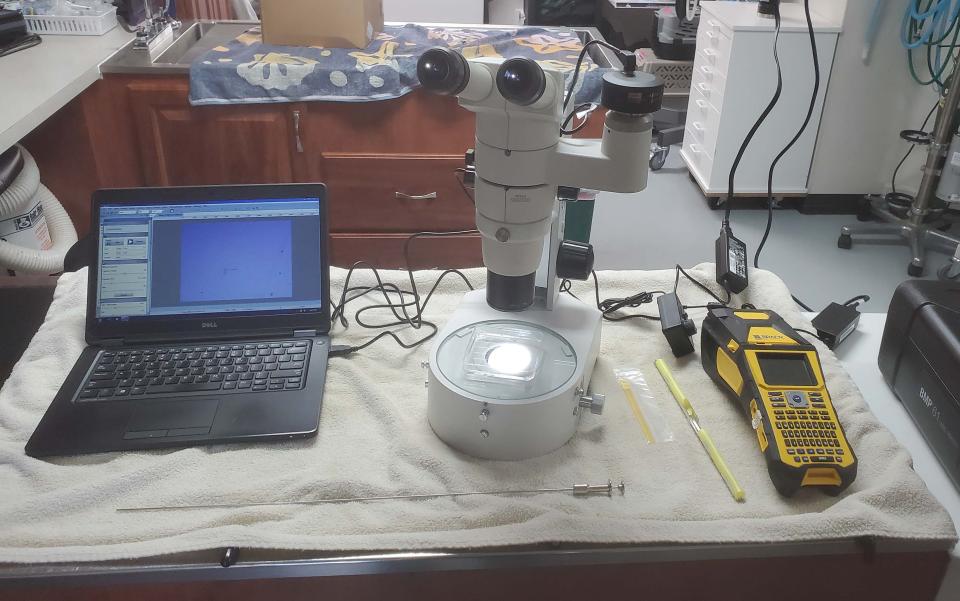
Now Providing Bovine Embryo Transfer Services!
We have a full set of bovine embryo transfer services:
- Embryo Flushing
- Bovine Estrus Sync protocols
- Flushing Protocols
- Frozen Embryo Transfer
- Fresh Embryo Transfer
From Mississippi State University Extension
Most female breeding cattle produce one calf per year. Embryo transfer (ET) allows a producer to quickly multiply the genetics of the top females in the herd. When artificially inseminated with semen from bulls with high genetic merit, these top females produce calves with superior genetics. Females in the herd with less desirable genetics can serve as recipients for the embryos, and the overall genetic quality of the herd may be drastically improved in a short amount of time.
The first calf from a transferred embryo was born in the early 1950s using a surgical procedure. Today, embryos can be collected and transferred without surgery, allowing this reproductive management tool to become more common, especially in the seedstock segment of the beef industry. As of 2008, approximately 1.6 percent of beef cattle operations in the United States used embryo transfer. While the results of superovulation and embryo transfer vary, producers can take steps to increase the probability of success.
Embryo transfer requires two components: 1) generating and obtaining (flushing) the embryos from the donor female, and 2) transferring each embryo into a different female (recipient), which gestates and gives birth to that fetus. These two components do not necessarily have to be done by the same producer. Embryos can be produced and sold to other producers who transfer them into their own recipient females.
For More Information about our Embryo Transfer Services, Give us a call!
